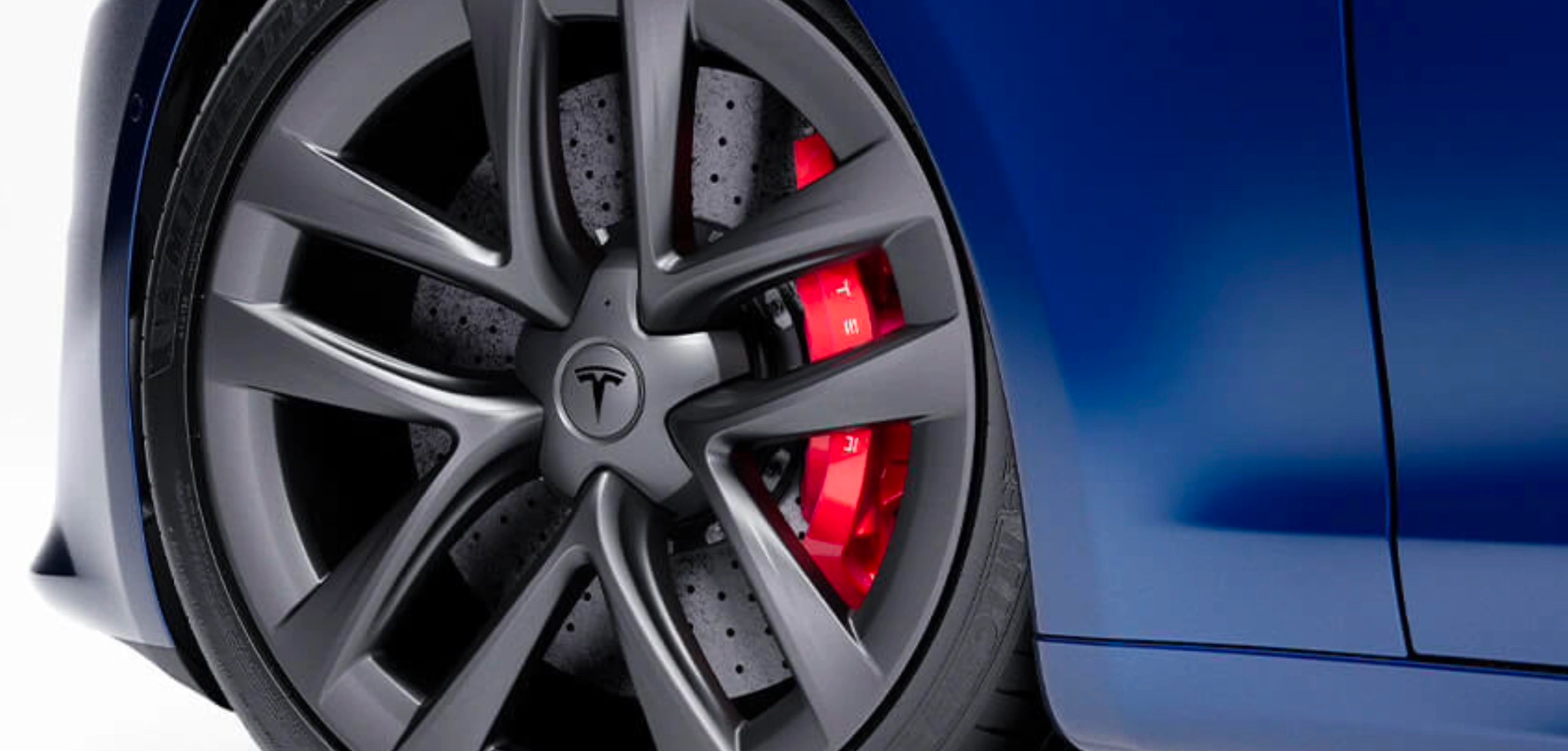“Kinetic energy recovery system”, abbreviated as KERS is a well-known phrase that refers to the technology initially used in F1 racing to increase the competitiveness of the sport by recovering energy during braking through the addition of an electric motor and battery. This resulted in an increase in entertainment value during races.
The technology was later adapted for use in the automotive industry, contributing to the extended range of new energy vehicles. The basic principle involves the use of the brake pedal signal to determine whether KERS should be activated or not. During vehicle deceleration, the electric motor spins due to inertia, which induces an electromagnetic force, generating electrical energy that is then fed back to the battery.
The torque generated by the motor during deceleration can also be utilized to brake the car, thus providing an additional braking force. The most significant difference between the application of KERS in the racing industry and that in the automotive industry is the distinction between “coasting” and “braking.” Under coasting conditions of KERS, the amount of energy that can be recovered is larger than under braking conditions.
KERS can be classified into two categories based on their application in braking, namely the RBS (regenerative brake system) and the CRBS (cooperative regenerative brake system). RBS can work simultaneously with the conventional hydraulic brakes to maximize energy recovery during coasting conditions, whereas CRBS recovers energy during the first half of the braking process, and the hydraulic brakes engage in the second half to provide the desired braking effect.
As for the relevance of KERS to the range of new energy vehicles, it has been proven that it can provide up to 15-20% extended range under NEDC regulations. The technology has gained popularity, particularly among new energy vehicle manufacturers such as Tesla, who prioritize energy recovery during coasting conditions to maximize efficiency. Other carmakers offer users the option to adjust the level of energy recovery to suit their driving habits.
This article is a translation by ChatGPT of a Chinese report from 42HOW. If you have any questions about it, please email bd@42how.com.
